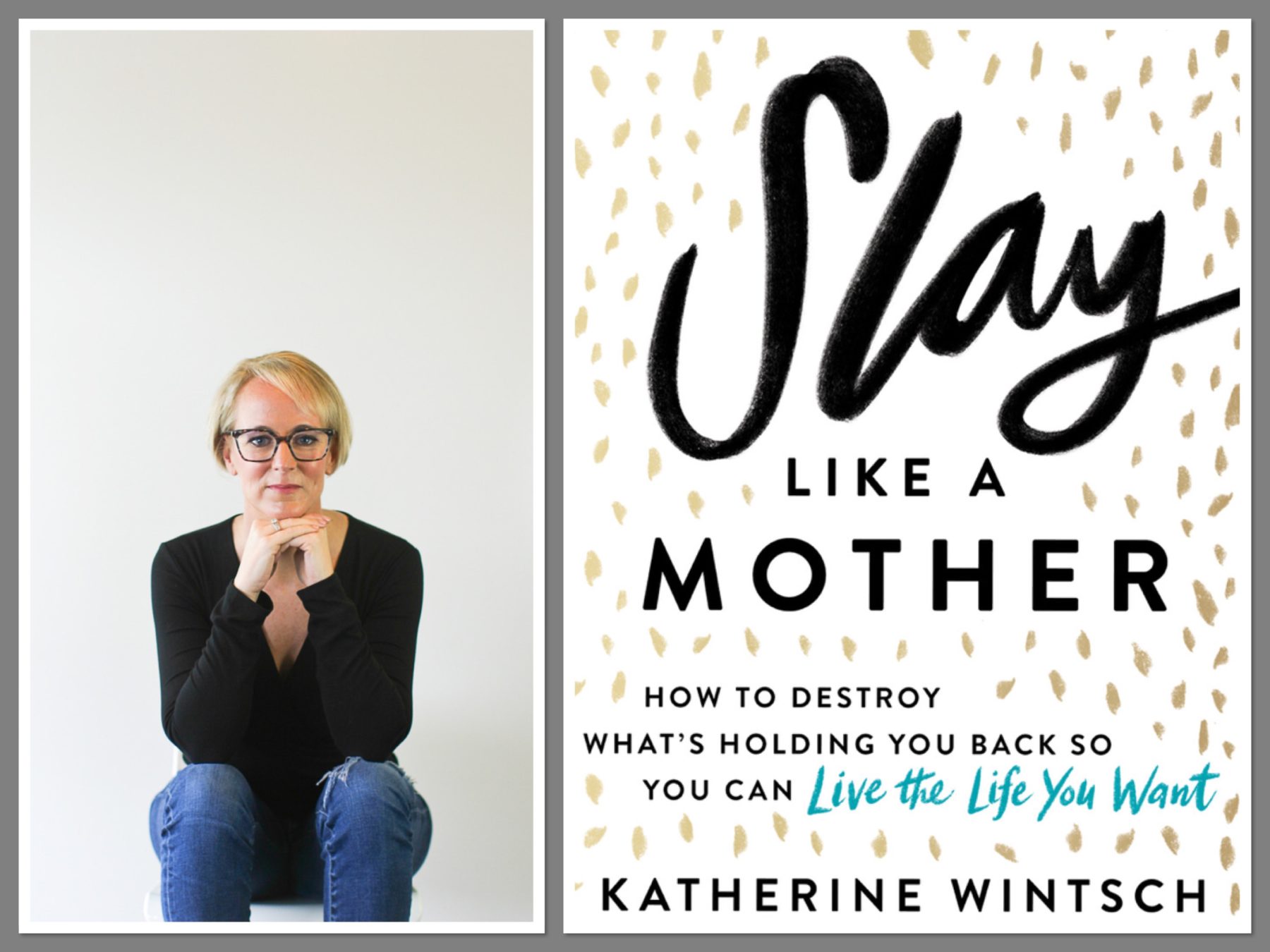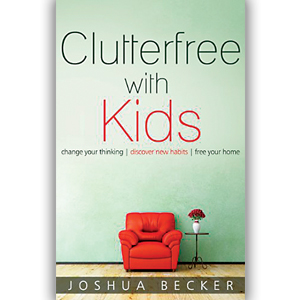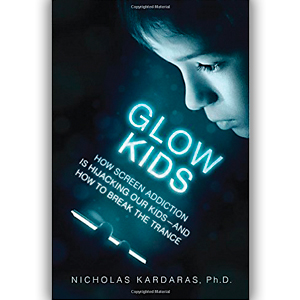Nurture Shock – Why White Parents Don’t Talk About Race
“For decades, we assumed that children will only see race when society points it out to them…However, child development researchers have increasingly begun to question that presumption. They argue that children see racial differences as much as they see the difference between pink and blue – but we tell kids that “pink” means for girls and “blue” is for boys. “White” and “black” are mysteries we leave them to figure out on their own,” argue authors Po Bronson and Ashley Merryman.
Many modern parents hold the belief that “if you raise a child with a fair amount of exposure to people of other races and cultures, the environment becomes the message.” But Dr. Phyllis Katz’s research concludes that children do not exhibit the kind of color-blindness many adults expect. Therefore, Dr. Katz points out, “During this period of our children’s lives when we imagine it’s most important to not talk about race is the very developmental period when children’s minds are forming their first conclusion about race.” Waiting until your child is older to start to talk about race might mean, Bronson and Merryman argue, the developmental window has already closed.
According to Nurture Shock, kids are developmentally prone to in-group favoritism with preferences in everything from food to toys to people and they categorize by using the attribute which is most clearly visible. Dr. Rebecca Bigler contends that “once a child identifies someone as most closely resembling himself, the child likes that person the most.” Apparently, the child assumes that not only does the person who looks like her like everything she likes but the person acts the way she acts as well. “The spontaneous tendency to assume your group shares characteristics – such as niceness, or smart – is called essentialism. Kids never think groups are random.”
The reality is just “throwing kids of different races into a school together isn’t the right way, because they can self-segregate within the school.” Dr. James Moody’s research discovered the “more diverse the school, the more the kids self-segregate by race and ethnicity within the school, and thus the likelihood that any two kids of different races have a friendship goes down.” According to Nurture Shock, only 8% of white high-schoolers in America have a best friend of another race.
Parents need to do more than just say “Everybody’s equal.” This is too vague. Bronson and Merryman believe just as you’d remind your daughters that Mommies and Daddies can both be doctors you also need to tell your children that doctors can be any skin color. It’s not enough for them to see President Barack Obama. Nurture Shock maintains that you must explicitly point out Obama’s brown skin to your young children, reinforcing “the message that anyone can rise to become a leader, and anyone – regardless of skin color – can be a friend, be loved, and be admired.”
I remember when my oldest daughter was in kindergarten. I used to check out books on the different historical figures the teacher discussed in class, as a means of supplementing the curriculum. When Martin Luther King Day arrived and we sat down to read a children’s picture book about him, I realized the teacher had talked about the holiday without mentioning racism. I will never forget how Annabelle cried when I explained that black people have faced terrible discrimination over the years. When she begged me not to continue reading, I ignored her pleas, realizing the only way Martin Luther King’s dream would live on in her was if I continued the conversation.
Don’t forget to like Parenting by the Book on Facebook for updates on blog posts.
Check out Victoria Winterhalter’s other blog, Befriending Forty (http://befriendingforty.blogspot.com), and find out what happens when the person you thought you’d be meets the person you actually became.






